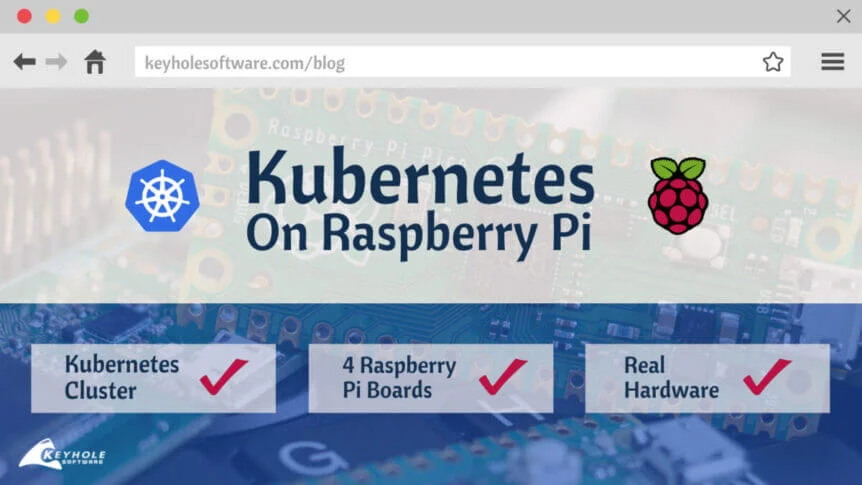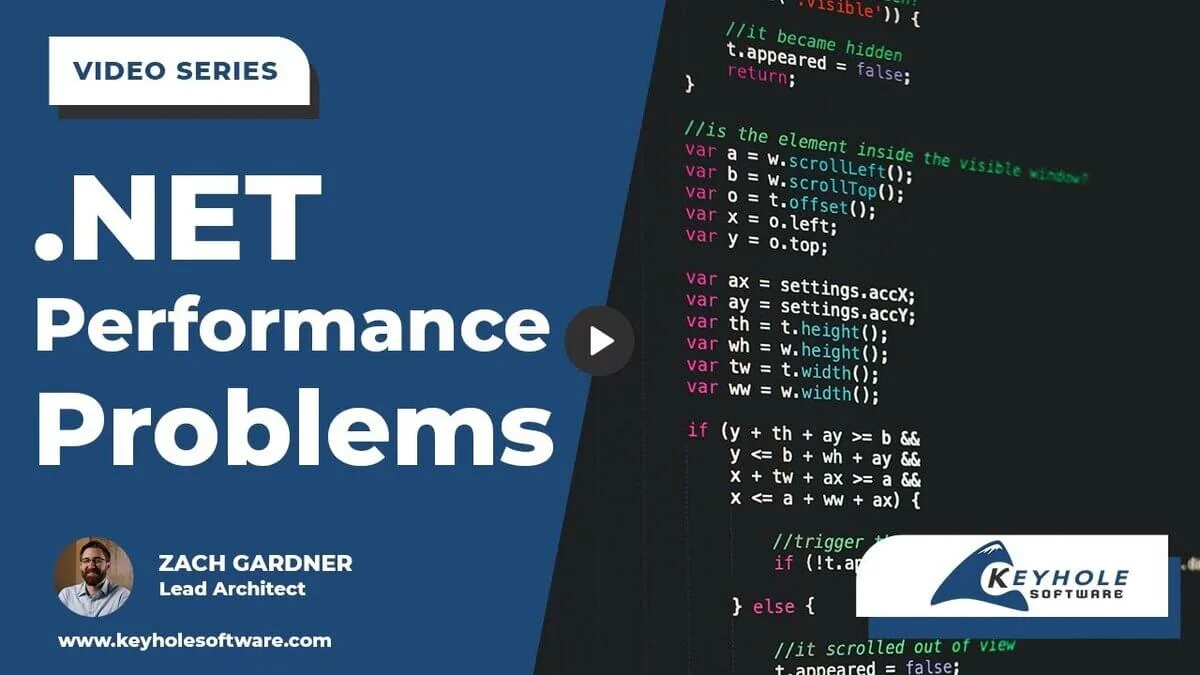In this post, I’ll survey a convenient JavaScript math.js library approach for converting a numeric value having a unit to a value for another unit. I’ll show how to convert a number associated with a unit to a value having another unit, add custom units and conversions, and evaluate textual expressions containing values with units. To wrap up, we’ll walk through a few practical use cases.
By the end of this post, I hope you are inspired to use math.js in your projects. It’s a powerful tool in the right scenarios. With that, let’s get started.















